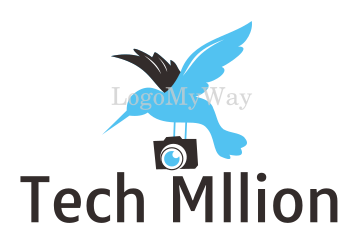Blockchain is a distributed ledger technology that underlies cryptocurrencies like Bitcoin, but its applications extend far beyond digital currencies. It’s a decentralized and tamper-resistant system for recording transactions and managing data across a network of computers. Here are some key aspects of blockchain:
- Decentralization: Unlike traditional centralized systems (e.g., banks or centralized databases), blockchain operates on a decentralized network of computers (nodes). Each node has a copy of the entire blockchain, and there is no central authority.
- Security: Blockchain uses cryptographic techniques to secure data and transactions. Once a block of data is added to the blockchain, it is extremely difficult to alter or delete. This makes blockchain highly secure and tamper-resistant.
- Transparency: Transactions on a blockchain are typically transparent and visible to all participants on the network. This transparency can help build trust among users.
- Immutability: Once data is added to the blockchain, it becomes part of a permanent and unchangeable record. This feature is particularly useful for applications where data integrity is critical, such as supply chain management or voting systems.
- Consensus Mechanisms: Blockchains use consensus mechanisms to validate and add new transactions to the ledger. Common consensus mechanisms include Proof of Work (used by Bitcoin) and Proof of Stake. These mechanisms ensure that the majority of network participants agree on the validity of transactions.
- Smart Contracts: Blockchain platforms like Ethereum allow the creation of smart contracts, which are self-executing contracts with the terms directly written into code. They automatically execute when predefined conditions are met, without the need for intermediaries.
- Cryptocurrencies: Blockchain is most well-known for its role in enabling cryptocurrencies like Bitcoin. These digital currencies use blockchain technology for secure, peer-to-peer transactions.
- Use Cases: Beyond cryptocurrencies, blockchain has found applications in various industries, including finance (for settlement and clearing), supply chain management (to track the origin of products), healthcare (for secure patient data management), and voting systems (to enhance transparency and security).
- Challenges: Blockchain technology faces challenges related to scalability, energy consumption (in the case of Proof of Work blockchains), and regulatory issues. Overcoming these challenges is essential for wider adoption.
Blockchain technology continues to evolve, with different types of blockchains emerging, including public, private, and consortium blockchains. The potential for blockchain to transform industries through increased transparency, security, and efficiency makes it a subject of significant interest and ongoing development. However, its full potential is still being explored and realized in various domains.







Trackbacks/Pingbacks